AARP Hearing Center

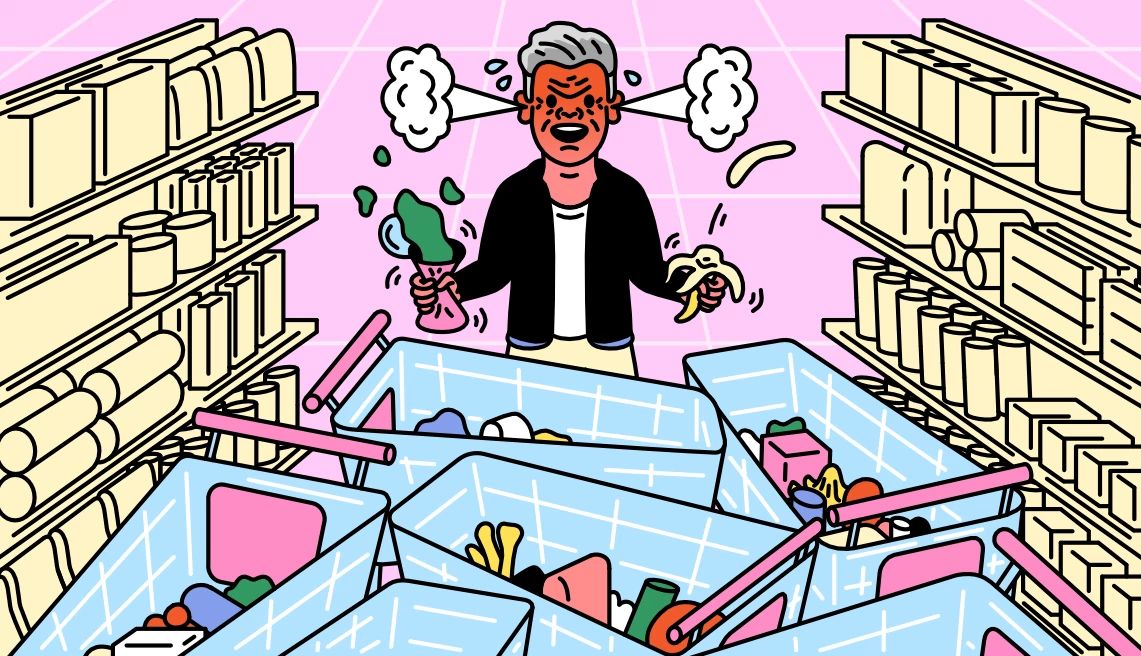
The grocery store used to be my place of respite, where I would embark in search of fresh produce, snacks and, occasionally, life’s meaning in the cookie aisle. But more and more, I encountered people behaving badly until, finally, it literally struck me one day that grocery shoppers might be the absolute worst.
I was squatting to reach my favorite peanut butter on a bottom shelf when a women barreling down the aisle slammed into me with her shopping cart, knocking me off my feet and onto the cold tile floor. Not realizing why her cart was stuck, she continued to ram into me until I yelled, “Stop!” She glanced down at me with an expression that seemed to ask, “What are you doing down there, you silly person?”
“Grocery shopping nowadays can become a full-contact sport,” says Jodi R.R. Smith, owner of Mannersmith, a Boston-based etiquette consultancy. “It used to be that people moved through life at a slower pace and a slower fashion. We are now constantly on fast-forward.”
Smith says people feel a sense of anonymity when shopping and, as a result, sometimes behave in inappropriate ways. “But it's not the majority,” she says. “During the grocery incident where you were run over, there were probably at least 50 other people in that grocery store who were not running you over. You don't remember those people because the bad people, the bad actors, the people who don't behave well, take up more oxygen.”
Indeed, I never replay in my mind all the times a fellow shopper pushed their cart three inches to the right so I could pass easily or helped me reach a jar of preserves on the top shelf. “It's easy to forget all of the nice people and the polite people we do pass along the way,” Smith says.
The steps to achieve the status of lovely yet forgettable grocery shopper may seem like common sense, but even the best of us can be guilty of inadvertently annoying fellow patrons and store staff while checking items off our grocery list, especially when we’re shopping in a hurry — or when hangry.
The key to polite grocery shopping is “awareness of other people, but also awareness of your own emotional state," Smith says. "Self-awareness is something we see as a muscle people need to be flexing.”
Etiquette experts offer these tips to avoid becoming one of these infamous archetypes on your grocery runs.
The anti-social autopilot
While you can technically make your way through all 48,575 square feet of the average grocery store with zero social interaction, the question remains: Should you? Etiquette is a muscle that needs exercise, and a grocery store is a gym to do just that. So look for opportunities to make small talk, test out your latest dad joke or help out a fellow shopper.
End someone else’s trip on a positive note. Your first interaction can occur before you even step foot in the door. If Smith sees someone in the parking lot loading up their car, she asks them from a distance (not to startle them or invade their personal space) if they’d like her to take the cart back for them. “They say yes most of the time, especially if it's somebody with young children,” she says.
Call employees by their names. Grocery store workers wear name tags for a reason. “There’s nothing sweeter than the sound of our name,” says Diane Gottsman, founder of The Protocol School of Texas. “It's polite to say, ‘Good morning, Kristen. How are you?’”
Lend a hand. Take a moment to look around while you shop in case someone looks like they need assistance, such as an older shopper in a wheelchair. Ask if you can help them grab that container of nutmeg from a high shelf or help them navigate the self-checkout system. “That's just being a courteous community member,” Gottsman says.



















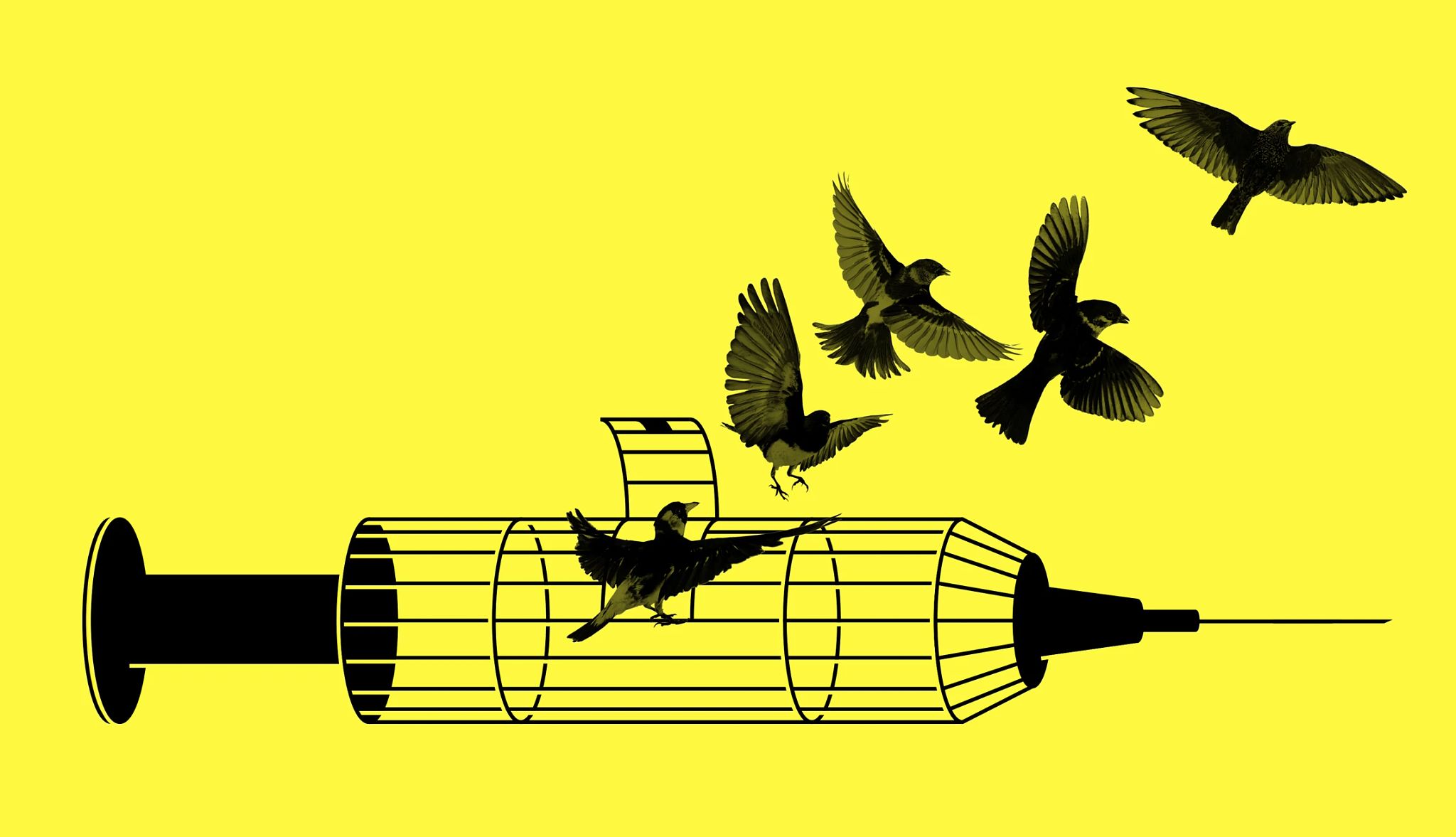




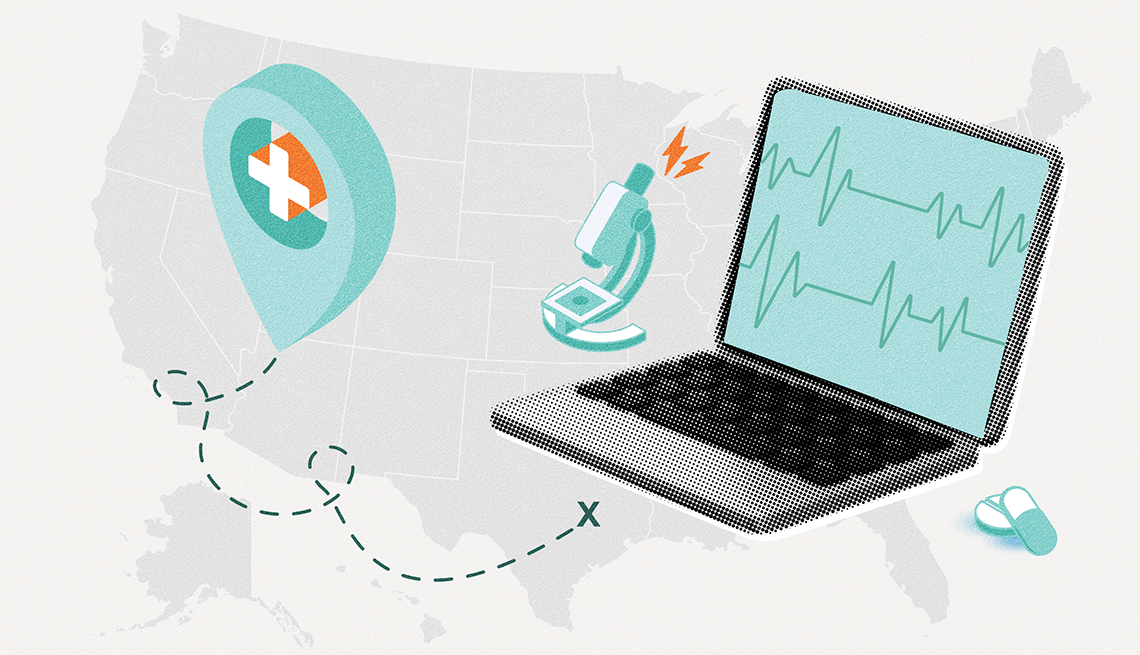






.jpg?crop=true&anchor=13,195&q=80&color=ffffffff&u=lywnjt&w=2008&h=1154)








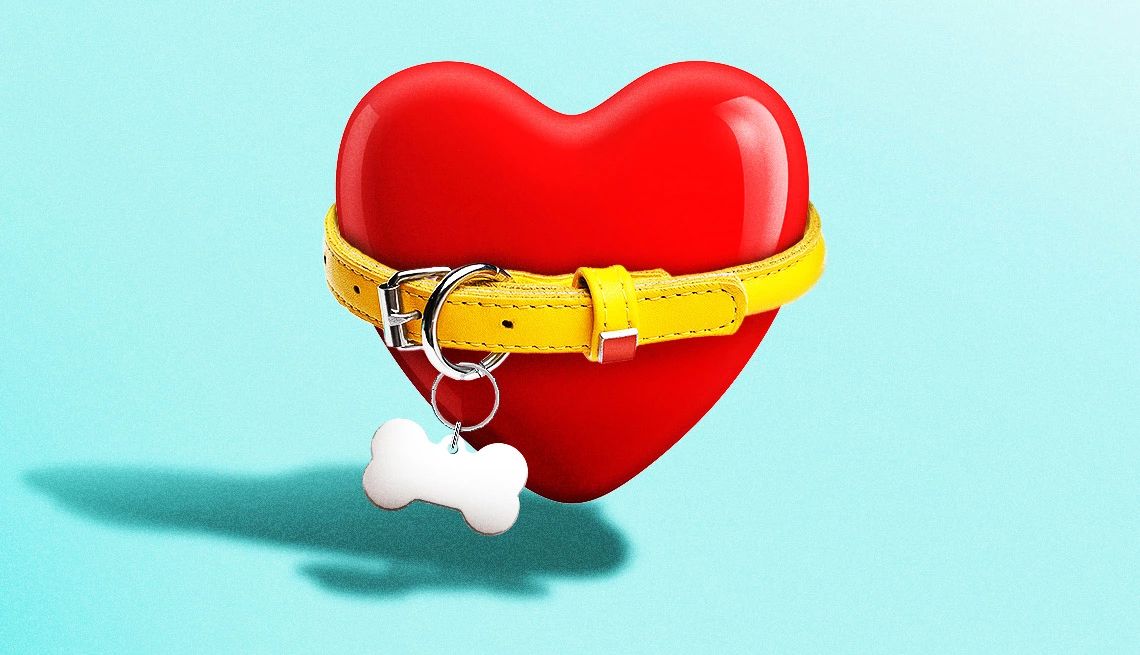



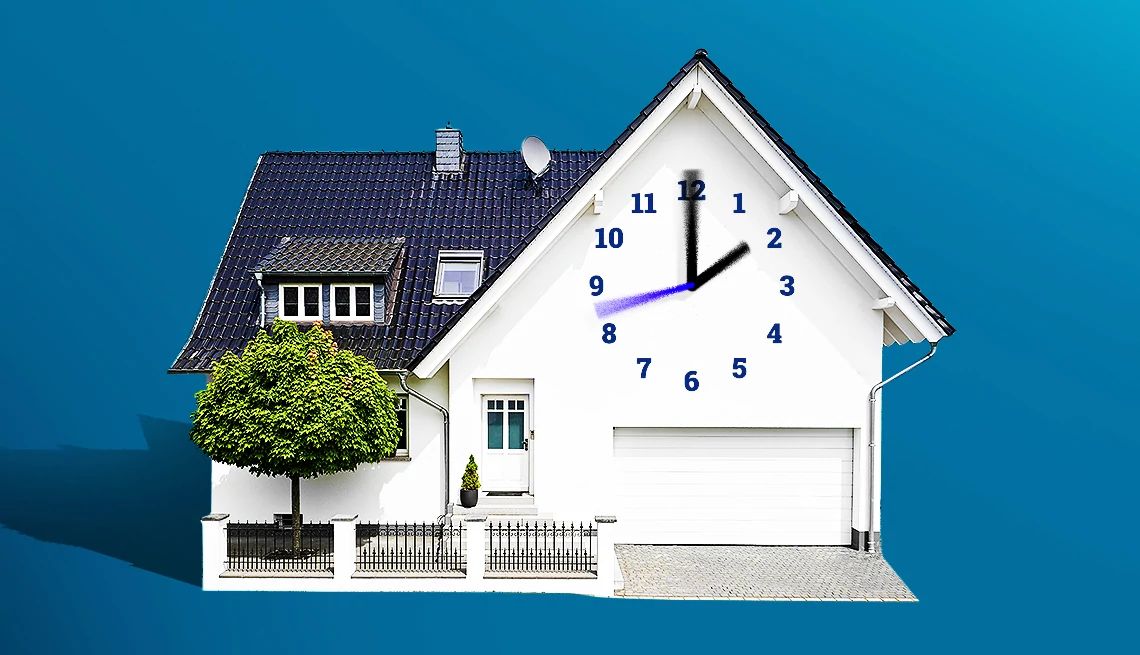
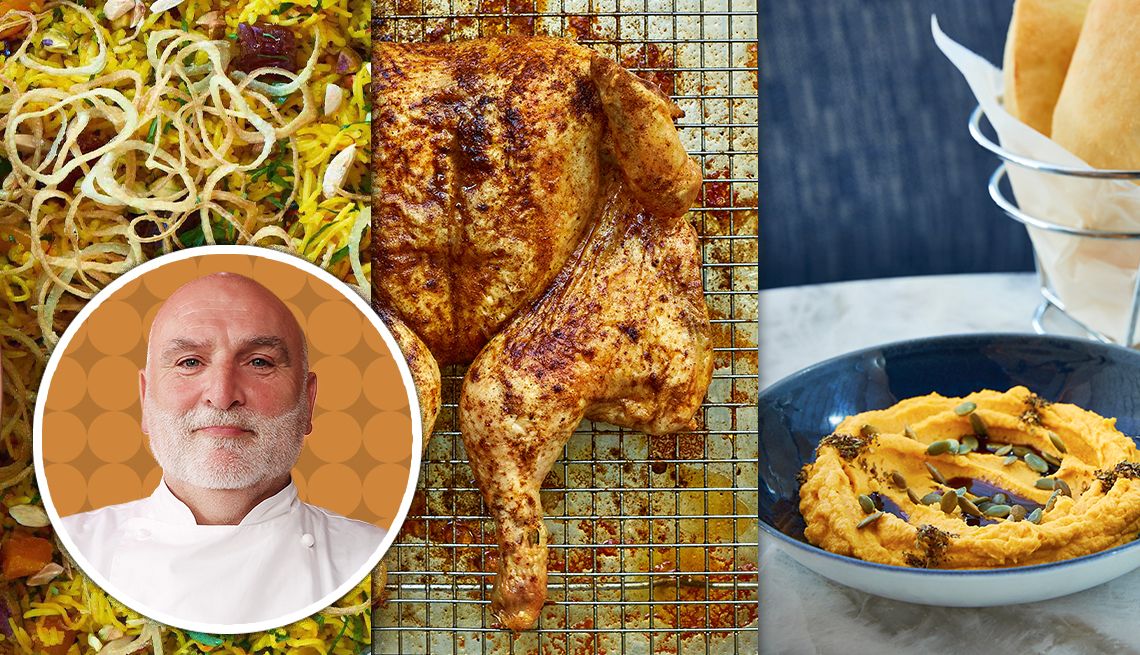
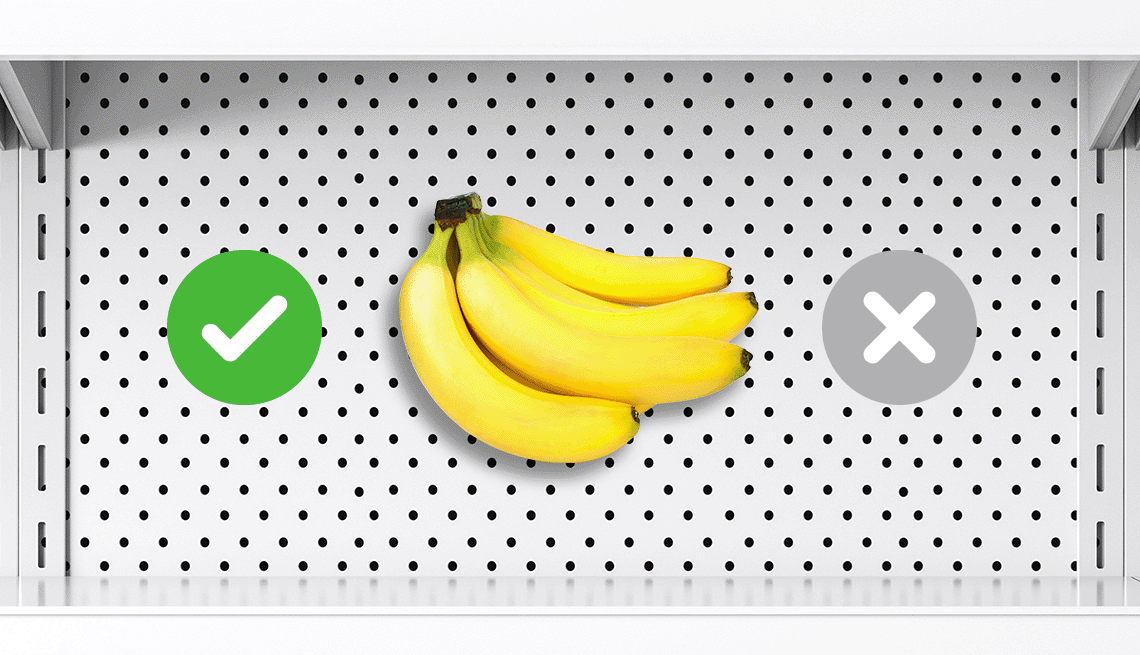

















You Might Also Like
How I Saved Money Using Coupons at the Grocery Store
With little effort, I was able to saveHow I Saved $4,400 in One Day
And how you can save, too, based on what I learnedSave at the Grocery Store With These 25 Strategies
Food prices are still elevated, but there’s ways to save